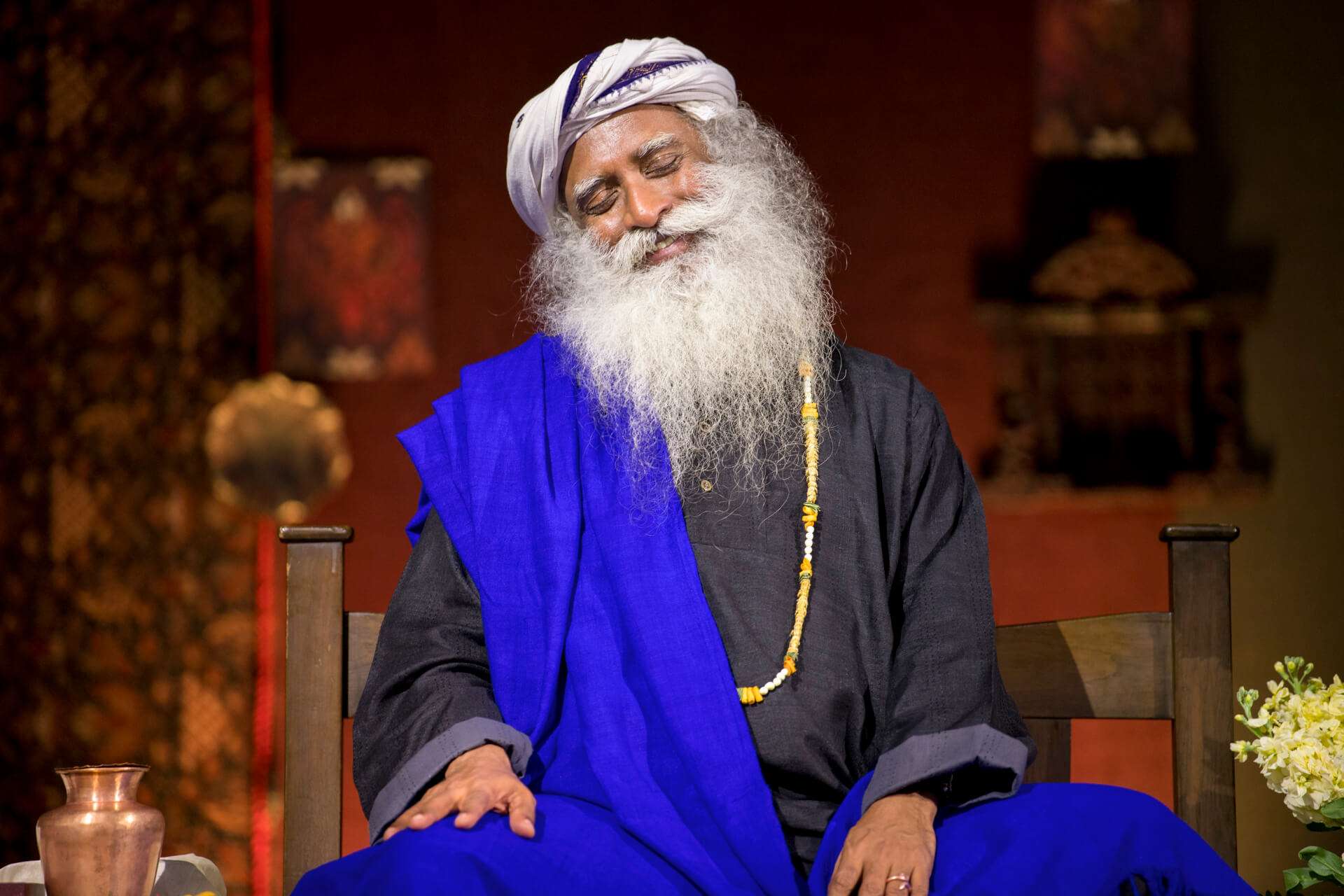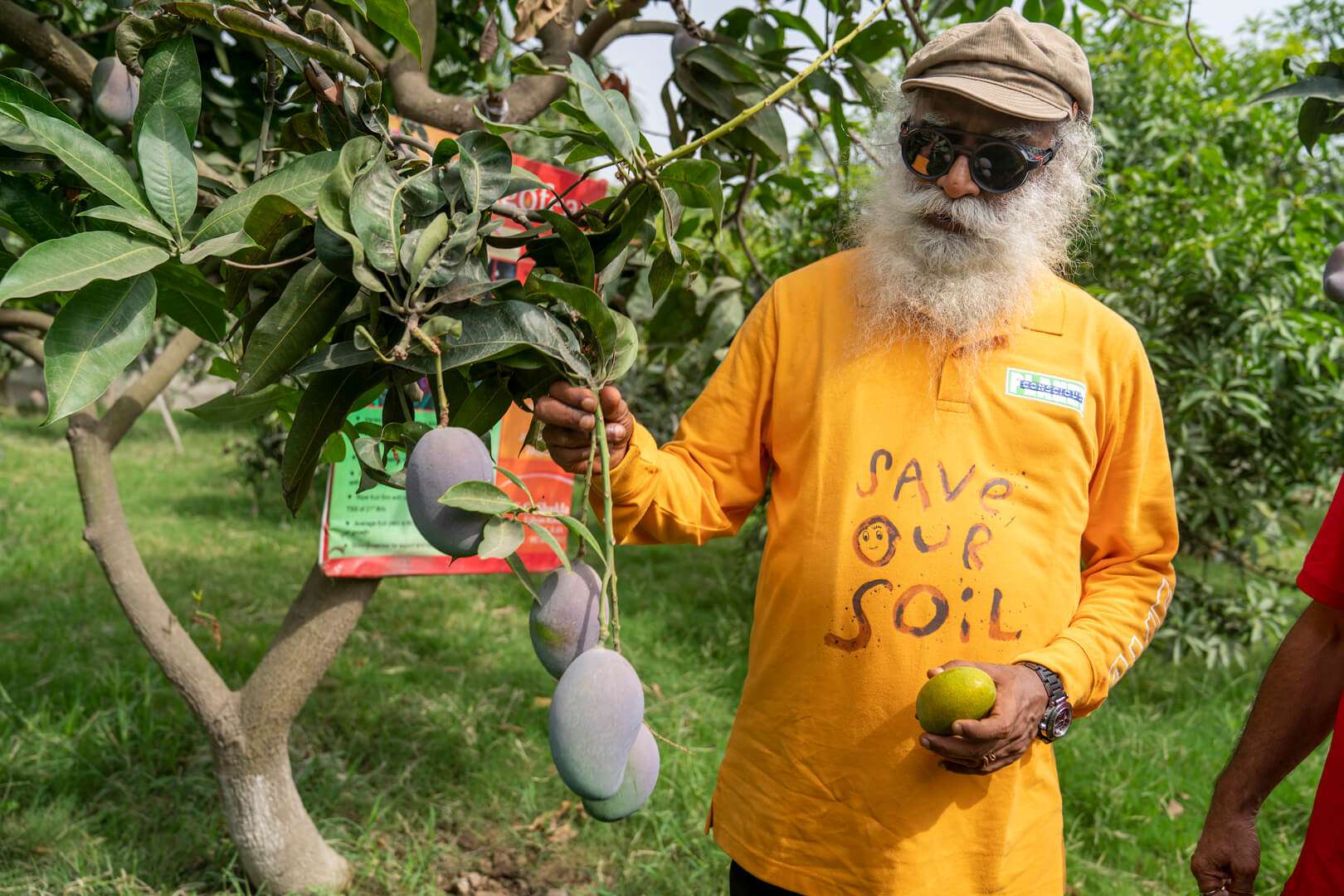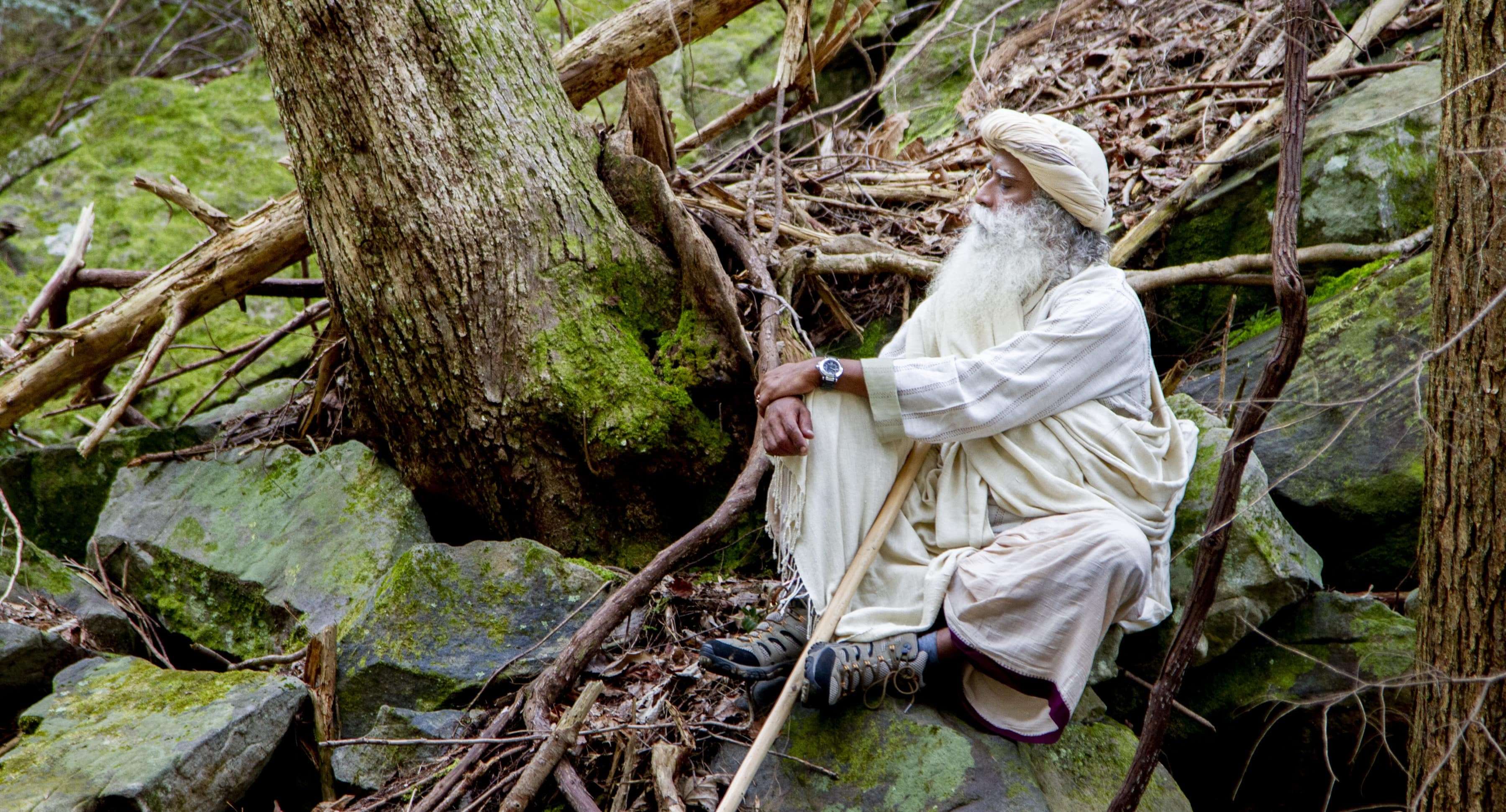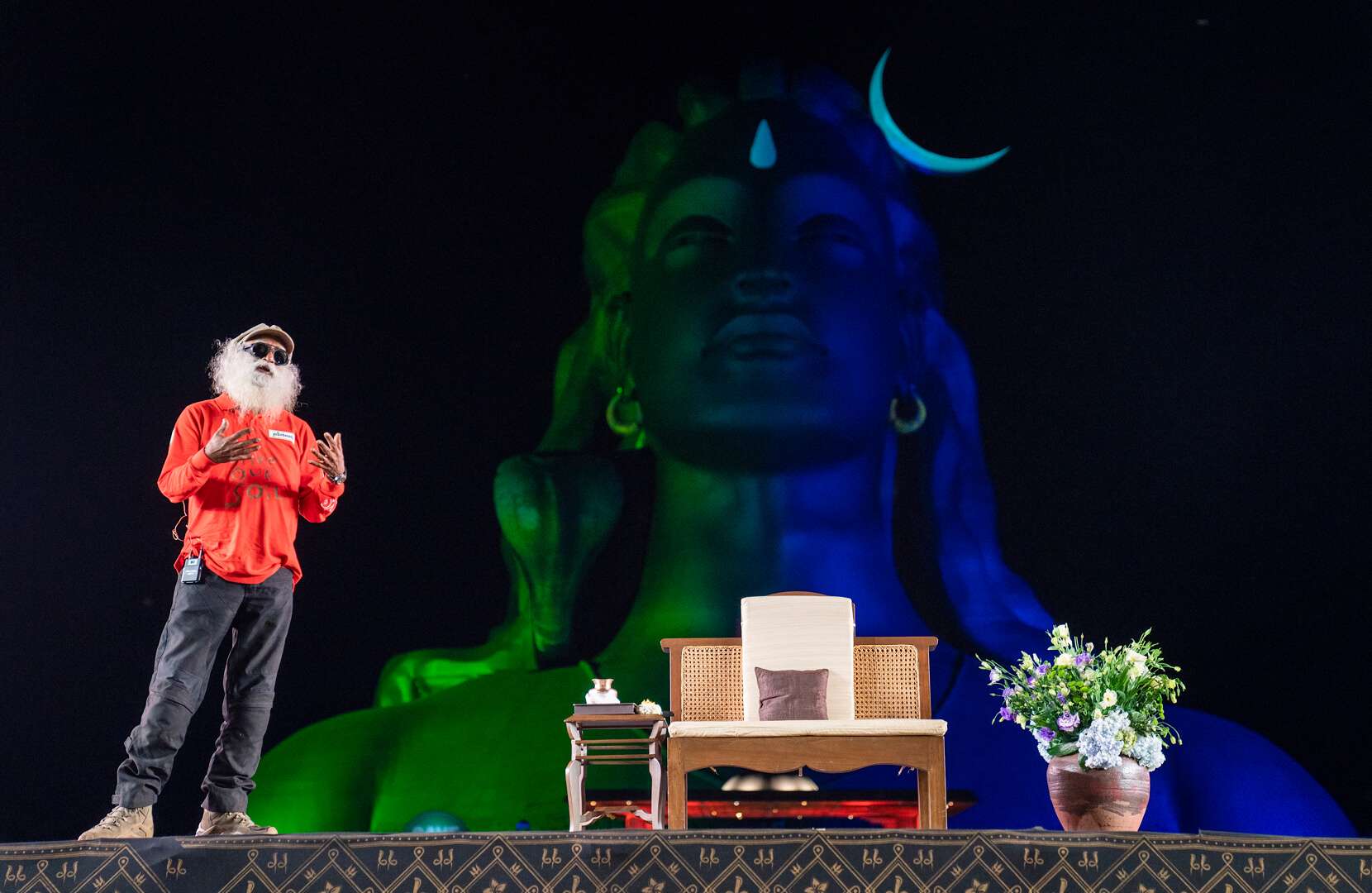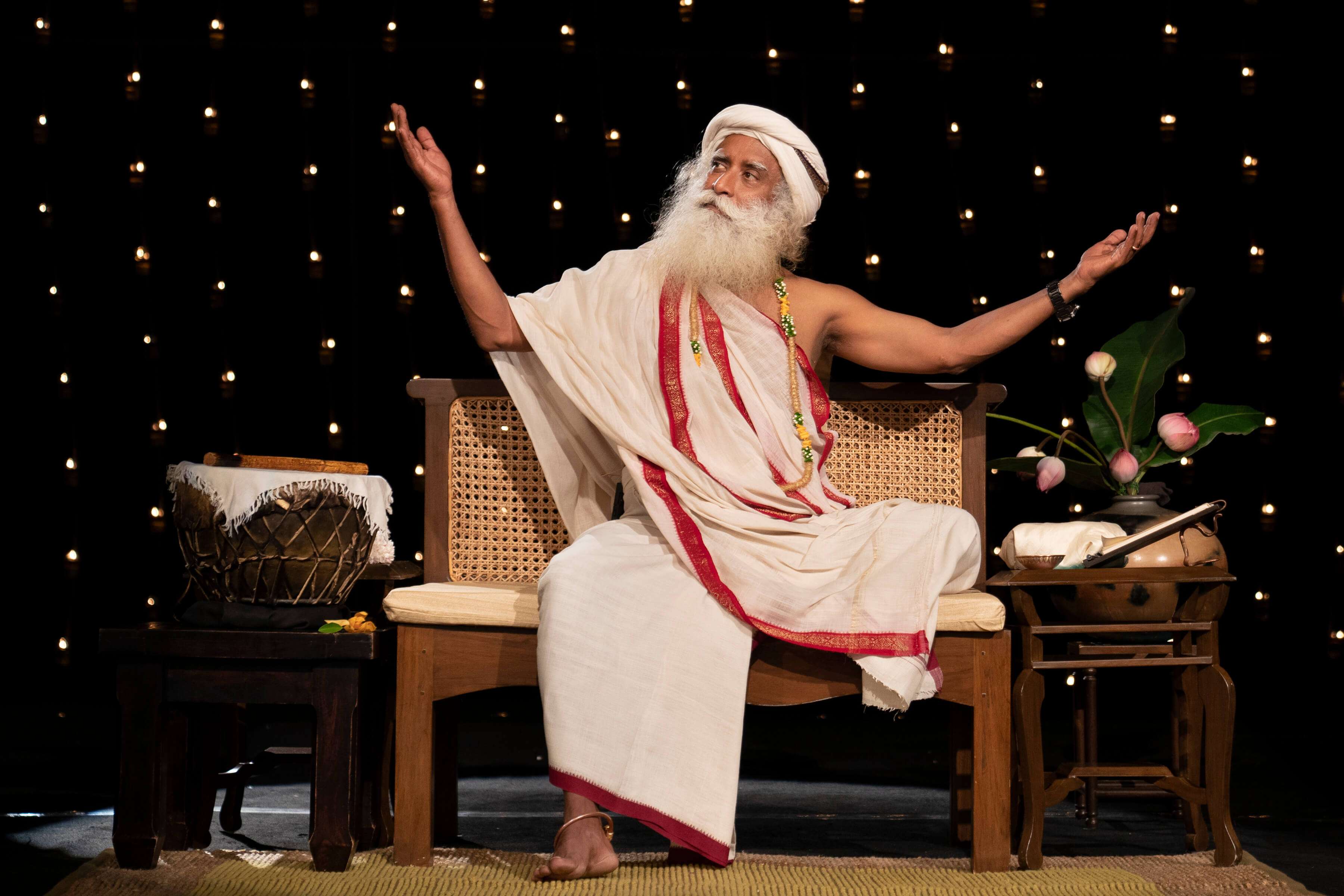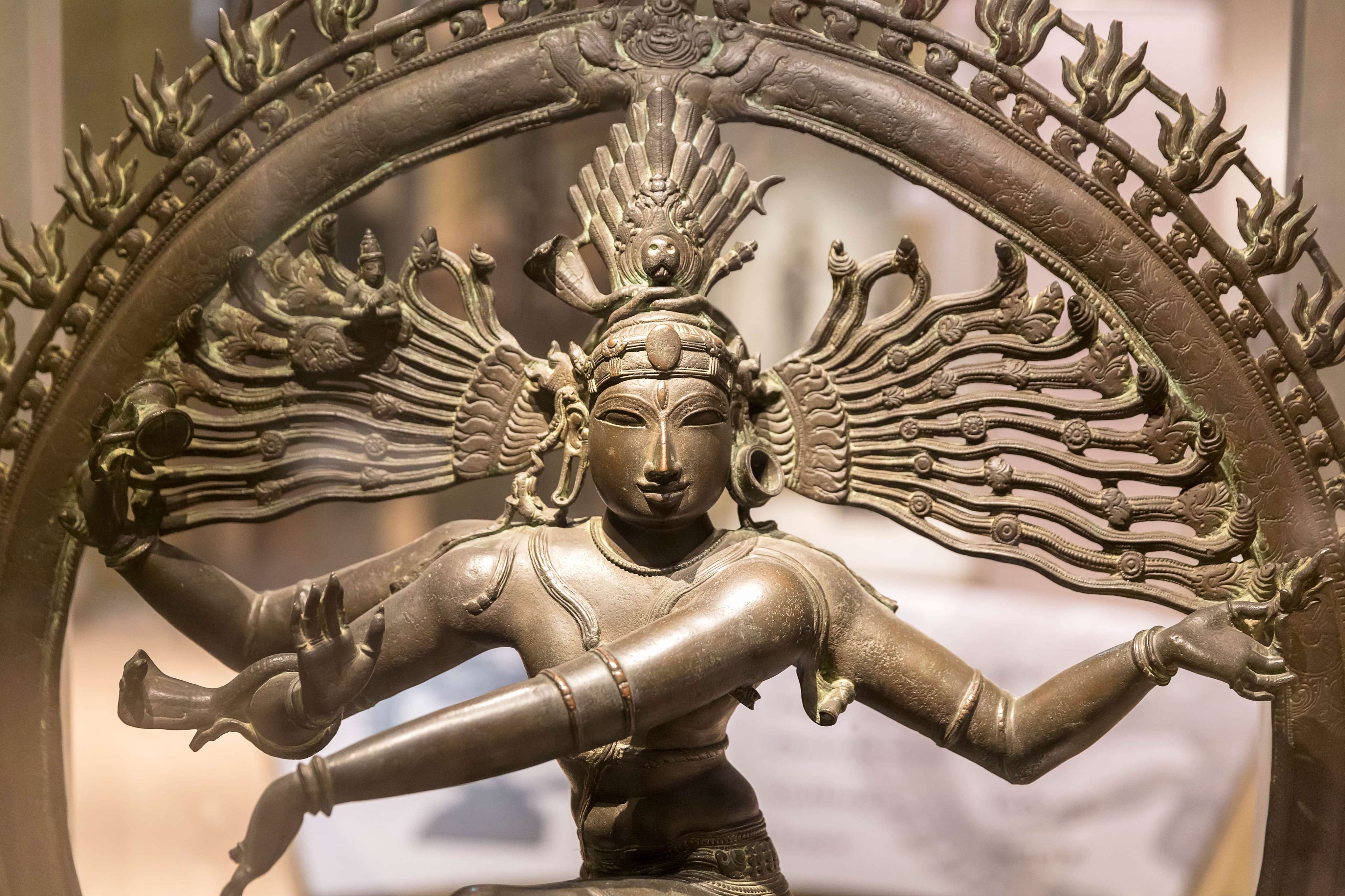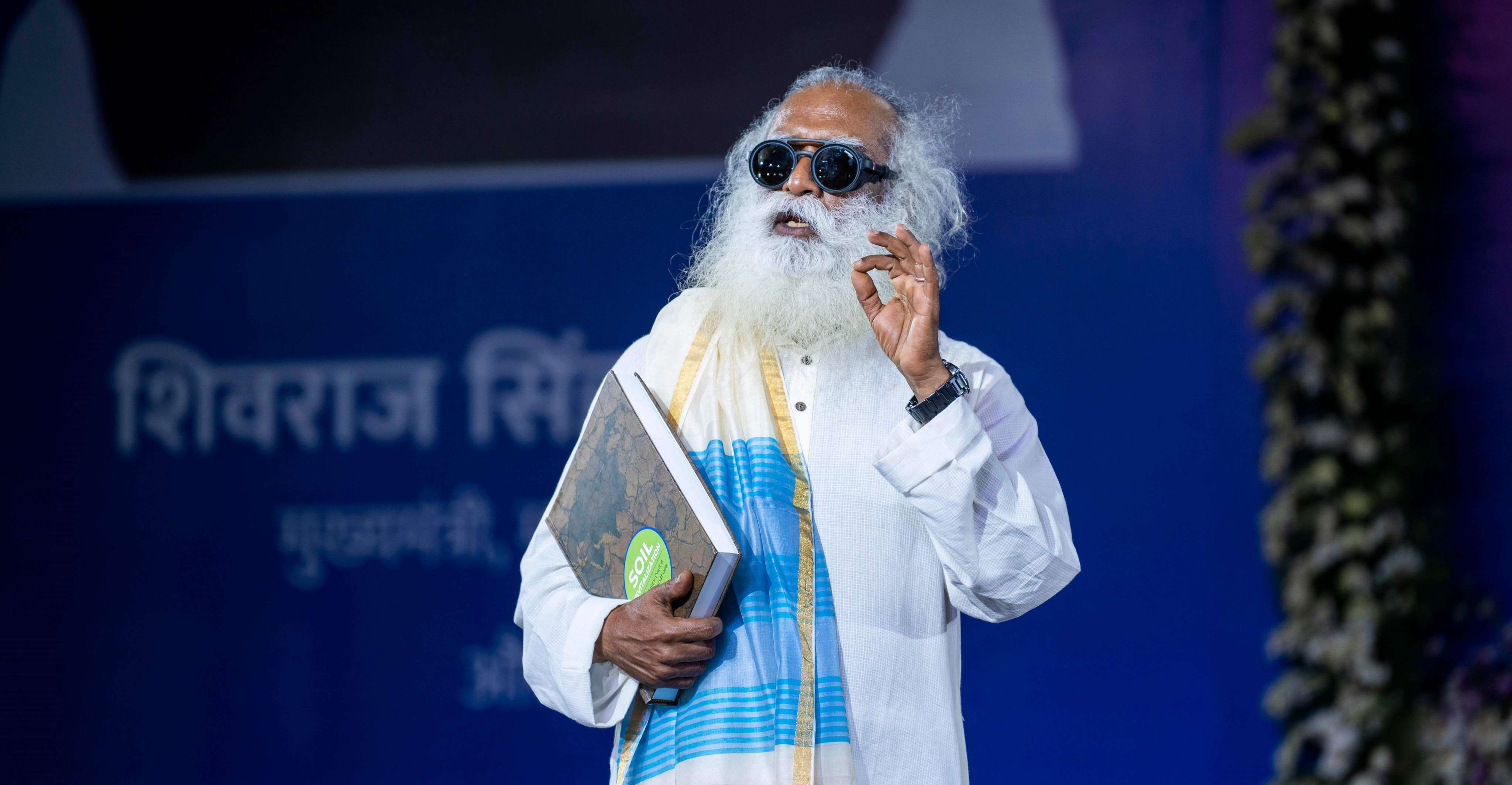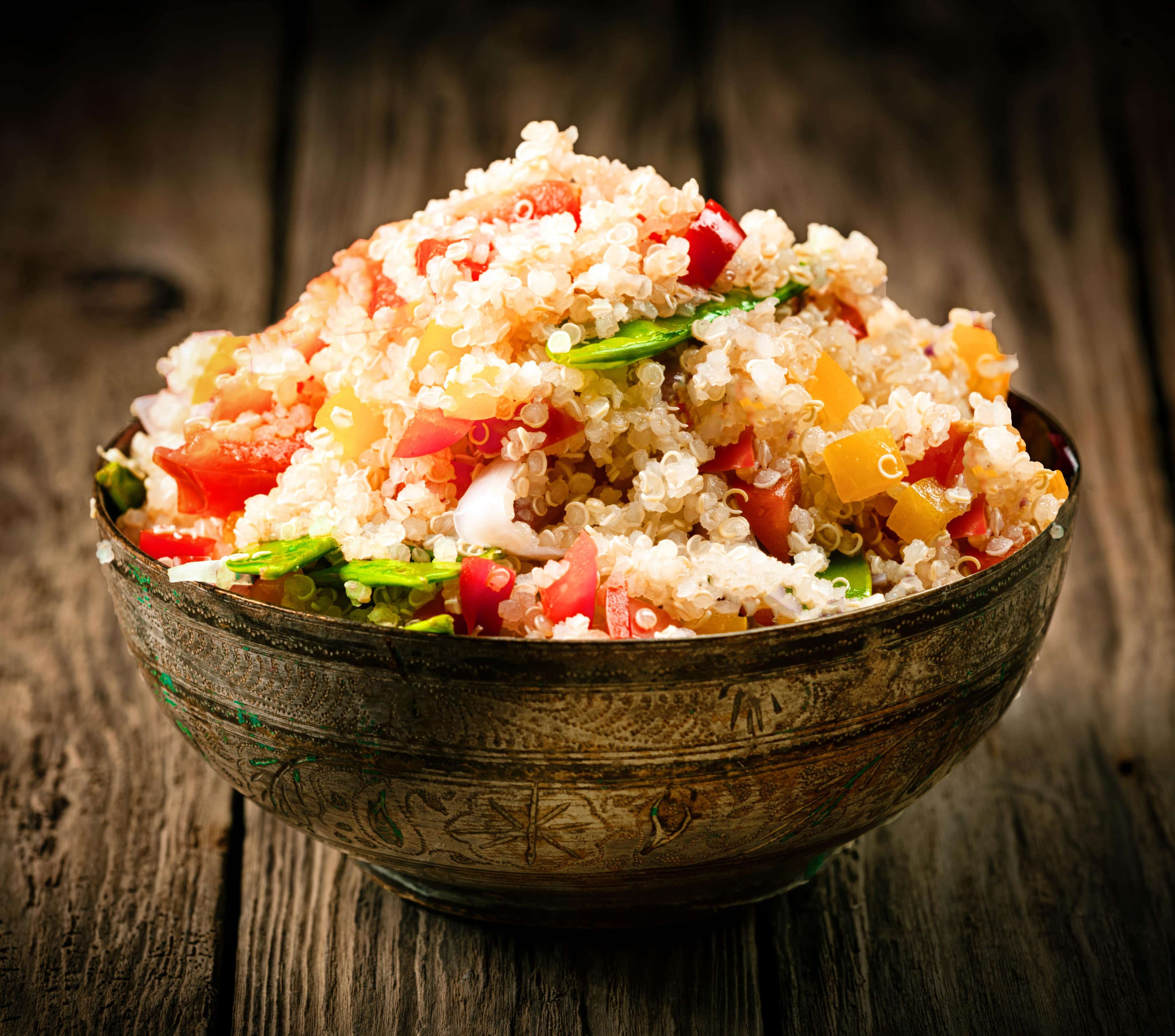Sadhguru: Some time ago, someone in the United States asked me how an enlightened being eats a mango. If that sounds like a silly question to you – mangoes are not a mundane subject. When I was a child, for four months in a year, mango was the religion in India. During the season, I used to be on a mango diet. There was nothing but mango in our stomachs. When mango madness took over, there was mango all over the faces, on our clothes; we smelled of mango, and so did the whole house – everything was mango.
I even missed examinations because I was busy studying mangoes. Around Mysuru, there were a lot of wild mangoes, and mango plantations. I spent almost 5–6 years exploring the locations and varieties of mangoes, and I had all the mango trees in the area mapped in my mind. Mangoes naturally come in different flavors, and their complexion and the way you experience them changes from March to the end of July.
This happened when I was in the pre-university course, which is considered crucial because the marks one gets then decide the future of one’s educational trajectory. The term was over, but we were supposed to study harder to make sure we get maximum marks. That was a period of time when the family restricted our movement, which was a very difficult thing for me to put up with. The special classes in the college gave me the opportunity to leave the house.

